Project

The Musée des Confluences creates conversations between the sciences to understand the history of life and humanity.
It deals with big universal questions: humanity's origin and future, the diversity of cultures and societies, as well as the place of humans in the living world. The permanent exhibitions include four exhibitions that are unique in offering an interdisciplinary approach for visitors to explore the infinite richness of cultures and civilisations.
By opening up the sciences to each other, the museum reveals new ways of understanding and unravelling the complexity of our world. These perspectives encourage curiosity and invite us to learn with emotion and wonder.
The Musée des Confluences has inherited collections with a history that spans five centuries. The 3.5 million artefacts kept at the museum form an important part of the French public collections, in natural science, human science, and science and technology.
Collections inherited from former museums in Lyon.
The history of the Musée des Confluences reflects the patchwork of objects that form its collections. These collections bear witness to museums that are now gone: the Muséum d’histoire naturelle de Lyon (i.e. Lyon natural history museum), the Musée Guimet, as well as the Musée colonial de Lyon (i.e. Lyon colonial museum) created by Édouard Herriot in 1927.
In 1979, the museum's collections expanded with thousands of masks, sculptures, everyday items, and objects linked to rites and rituals, from the Catholic missions of Lyon's Society for the Propagation of the Faith.
A long history shaped by the centuries
Through their travels and encounters, tens of public figures and traders from Lyon put together collections of intriguing and uncommon artefacts. Lyon's best-known “cabinet of curiosities” or “wonder room” was the one run by the De Monconys brothers - Balthasar and Gaspard.
The collections of the de Monconys brothers, added to with those of Jean Pestalozzi, doctor at Hôtel-Dieu hospital, were acquired by the City of Lyon in 1771. They were then set up at the city hall where they joined the collections bequeathed 8 years earlier by Pierre Adamoli, bibliophile and lover of natural curiosities. These now public-owned collections, managed by the Académie des Sciences, Belles-Lettres et Arts de Lyon (i.e. Lyon academy of science, humanities and arts) were opened to the public from 28 May 1777.
After the Revolution, the collections were exhibited at the Palais Saint-Pierre before being transferred to the Jardin des Plantes. At the instigation of Jean-Emmanuel Gilibert, academic, doctor, botanist, and mayor of Lyon in 1793, the collections of the first museum in Lyon underwent unprecedented expansion. He added his extensive collection, followed by those of Soubry and La Tourette, as well as multiple dispatches from the Muséum de Paris. In just a few years, it became the biggest natural history museum outside Paris.
Back at the Palais Saint-Pierre from 1819, the museum boomed again in the 1830s, becoming the Muséum d’Histoire Naturelle de Lyon (i.e. Lyon natural history museum), featuring a geological and mineralogical gallery and a zoological gallery. An anthropological and ethnographical gallery was added in 1879.
At the same time in 1879, the Lyon-based industrialist Émile Guimet, who was passionate about Asia following his travels and stays in Japan, created a museum of religions in a building that he conceived and commissioned the design of for this use on Boulevard des Belges in Lyon’s 6th district. In 1884, Émile Guimet decided to open a new museum in Paris dedicated to Asian arts in a building based on the same plans as the museum in Lyon, which he closed.
In 1913, the Museum’s collections were transferred to a building on Boulevard des Belges, which has been vacated, where they joined Émile Guimet’s collections that he brought back to Lyon to open his second museum in the city. So natural history and Asia were the themes of these two separate museums located on the same site.
In 1927, at the instigation of the mayor, Édouard Herriot, new collections from the French colonial empire were set up in new rooms. In 1978, the two museums merged, adopting the name Musée Guimet d’Histoire Naturelle (i.e. Guimet natural history museum). In 1979, a large collection of artefacts from Asia, Oceania, Africa, and the Americas put together by missionaries from Lyon’s Society for the Propagation of the Faith was deposited at the museum. Over the following years, the museum added zoological collections from the Musée d’Art et d’Industrie de Saint-Étienne (i.e. Saint-Étienne museum of art and industry), the Marist brothers, and the Lyon Linnean Society.
In 1991, the Rhône department, which had by was managing the Musée Guimet d’Histoire Naturelle, decided on an ambitious project designed to promote its outstandingly varied and large collections. To do so, it decided to erect a new building symbolically located at the confluence of the Rhône and Saône rivers. A symbolic site for an intellectual and architectural project designed to examine the origins, organisation, and future of humanity. In preparation for the opening of the Musée des Confluences, an ambitious acquisition policy led to the creation of new collections such as contemporary creation of native populations.
Opened on the 20 December 2014, the Musée des Confluences, which has been run by the Métropole de Lyon since 1st January 2015, transports us back to our origins, examines how our societies work, studies their relationships to death, and raises the question of our place in the living world. Since then, its collections have grown through a number of gifts and major donations.










